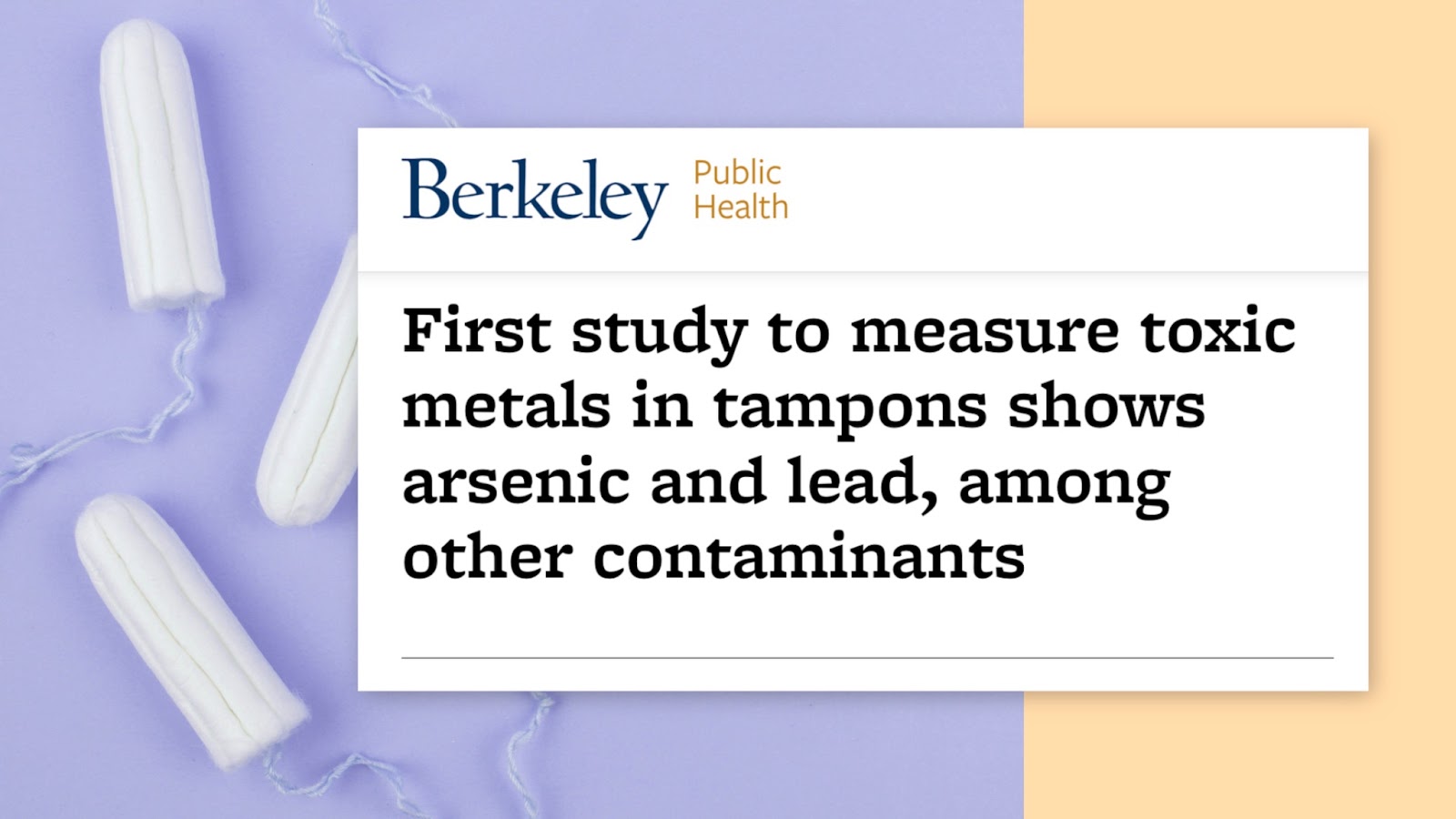Tubal ligation. I know you’ve thought about it — I mean, you clicked on the thumbnail! So here’s what you need to know before having a tubal ligation. And stick around to the end to find out who should never have a tubal ligation!
Don’t have time to read this post? Watch the video here instead!
So tubal ligation — what’s the deal?
Well, this is a form of permanent sterilization for women where you would never be able to get pregnant again. Well… hold on a second. Is that true? When you get a tubal ligation, there IS an associated failure rate — which is quoted in the literature to be about 1 in 300 where you could (oops!) accidentally get pregnant again. Now it’s very rare, and actually even more rare for women that are closer to menopause.
So the question is: Can I get effective contraception without actually having surgery?
And the answer is yes!
There’s a number of other contraceptive devices known collectively as LARCs — or long-acting reversible contraception.
The most notable LARCs are:
- a Depo-Provera™ injection,
- a rod (an implant that goes into the arm),
- and an IUD that’s placed in the uterus.
The IUD is as effective at preventing pregnancy as a tubal ligation — and is completely reversible. And the progesterone-containing IUD also helps with heavy periods. So these are all important considerations and things that you need to talk to your doctor about before having a tubal ligation.
What happens if you get a tubal ligation and you later decide that you want to get pregnant?
Well, there are two main options for getting pregnant after tubal ligation. The first is in vitro fertilization. This is done by a reproductive endocrinologist, and it’s a process where hormones are given to the patient to cause them to create a number of eggs (or ovulation) in one given cycle. Those eggs are all collected, sperm is placed inside the egg, and embryos form — and then that embryo is placed back inside the uterus. Now this is a very highly effective means of fertility, with success rates being between 65 and 75%. It’s also very expensive. Most insurances don’t cover this procedure, and it’s anywhere from 12 to $20,000 per cycle.
The other option for fertility after a tubal ligation is to stitch (or tie) the tubes back together. This procedure is called tubal reanastomosis, which can be done laparoscopically, open, or with a surgical robot. So who’s a good candidate? Well, patients have to have four centimeters of post-reanastomosis tubal length — where success rates are 75%. And if it’s less than that (or shorter than that), success rates are around 19%. Also, the type of tubal ligation that occurred originally has a huge impact on success rates — with the clips and rings being the high success, and cutting out the tube or burning the tube associated with much lower success rates.
So who should never get a tubal ligation?
Well, there is a high risk of regret in young women. The highest age range is less than twenty-four. The next is age less than thirty, women who have never been pregnant, and unpredictable life events. Unfortunately, if there’s a loss of a child and somebody wants to get pregnant again, these all result in very high risks for regrets.
So if you are one of these patients that have one of these risk factors (or you just haven’t thought it through very well!), if you have any concerns about it, or if you are 99.9% sure — don’t get it done.
Only do permanent sterilization if you’re 100% sure and you’ve thought about it! All federal insurance payers require a 30-day waiting period between signing the consent and actually having the procedure done — and give you time to think about all of these risk factors for regret. And you need to compare that to all the other very highly effective, long-term reversible contraceptives that we talked about.
Thanks for tuning in! Remember to hit subscribe, and we’ll see you next week.




